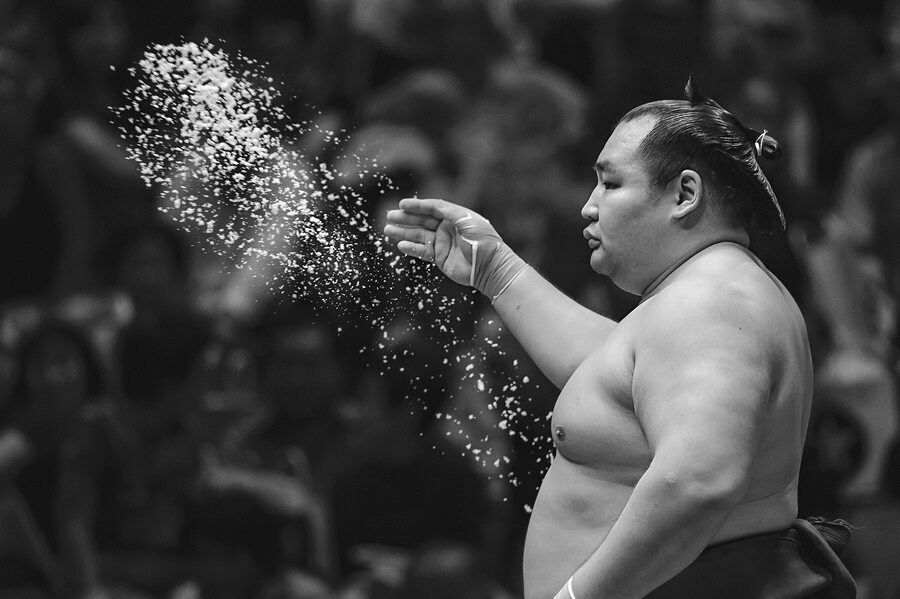Sumo’s Sacred Legacy: From Shinto Rituals to Modern Matches
If you’re planning a trip to Japan, you might want to dive into one of the country’s most fascinating traditions—sumo wrestling. This isn’t just any sport; it’s a cultural treasure that’s been around for ages, and it’s brimming with history and rituals. Off we go into the story of sumo wrestling!
Let’s wind the clock back over a thousand years to the Nara period (710-794). Picture this: sumo started off as part of Shinto rituals, meant to please the gods and pray for good harvests. These early matches were held at shrines, and the spiritual vibes are still strong today. The dohyo (ring) where the wrestlers compete is treated like sacred ground, and you’ll see all sorts of rituals—like purifying the ring with salt—before and after the bouts.

Fast forward to the Heian period (794-1185), and sumo is evolving. It’s not just about pleasing the gods anymore; it’s also a spectacle for the imperial court. The aristocracy couldn’t get enough of these matches, which were a bit more rough-and-tumble than what we see today. Wrestlers, known as rikishi, used a variety of techniques to throw their opponents out of the ring or force them to touch the ground.
Enter the Kamakura period (1185-1333), when the samurai were calling the shots. For these warriors, sumo wasn’t just entertainment—it was part of their training. Sumo helped them hone their combat skills, build discipline, and strengthen their bodies. The influence of the samurai can still be seen in sumo’s emphasis on respect, discipline, and the code of conduct that wrestlers follow.
The Edo period (1603-1868) brought big changes for sumo. It became super popular, with official tournaments drawing huge crowds. This was when sumo really started to look like the sport we know today. Professional stables were set up where wrestlers trained and lived, and the rules and tournament structure were formalised. The Tokugawa shogunate even gave sumo its stamp of approval, making it an official sport.

Jump to the Meiji Restoration (1868-1912), and sumo is still going strong. The Japan Sumo Association was founded in 1925 to oversee the sport, maintain its traditions, and organise tournaments. They introduced a ranking system, with the highest rank being yokozuna, or grand champion. The first recognised yokozuna, Akashi Shiganosuke, set the standard for what it takes to reach the top.
Sumo’s popularity only grew in the 20th century, and it became a symbol of Japanese culture. The sport even caught the eye of international audiences, with sumo exhibitions and tournaments held overseas. Today, sumo has a global appeal, with wrestlers from all around the world coming to Japan to train and compete.
Now, sumo is more than just a sport; it’s a living tradition. There are six official tournaments held every year, and they draw massive crowds and media attention. The rituals and customs, from the elaborate ring-entering ceremonies to the complex ranking system, keep fans coming back for more. Sumo stables, known as heya, still play a crucial role in training wrestlers and preserving the sport’s traditions.
So, if you ever find yourself in Japan, catching a sumo match is a must. It’s a chance to witness the raw power and grace of the wrestlers and soak up the rich history that makes sumo so special. From the ancient rituals to the thrilling bouts, sumo is a window into Japan’s soul.
There you have it—sumo wrestling, from its sacred beginnings to its status as a national treasure. Whether you’re a sports fan, a history buff, or just curious about Japanese culture, sumo is sure to fascinate and inspire. So grab your tickets, cheer for your favourite rikishi, and enjoy the show.

